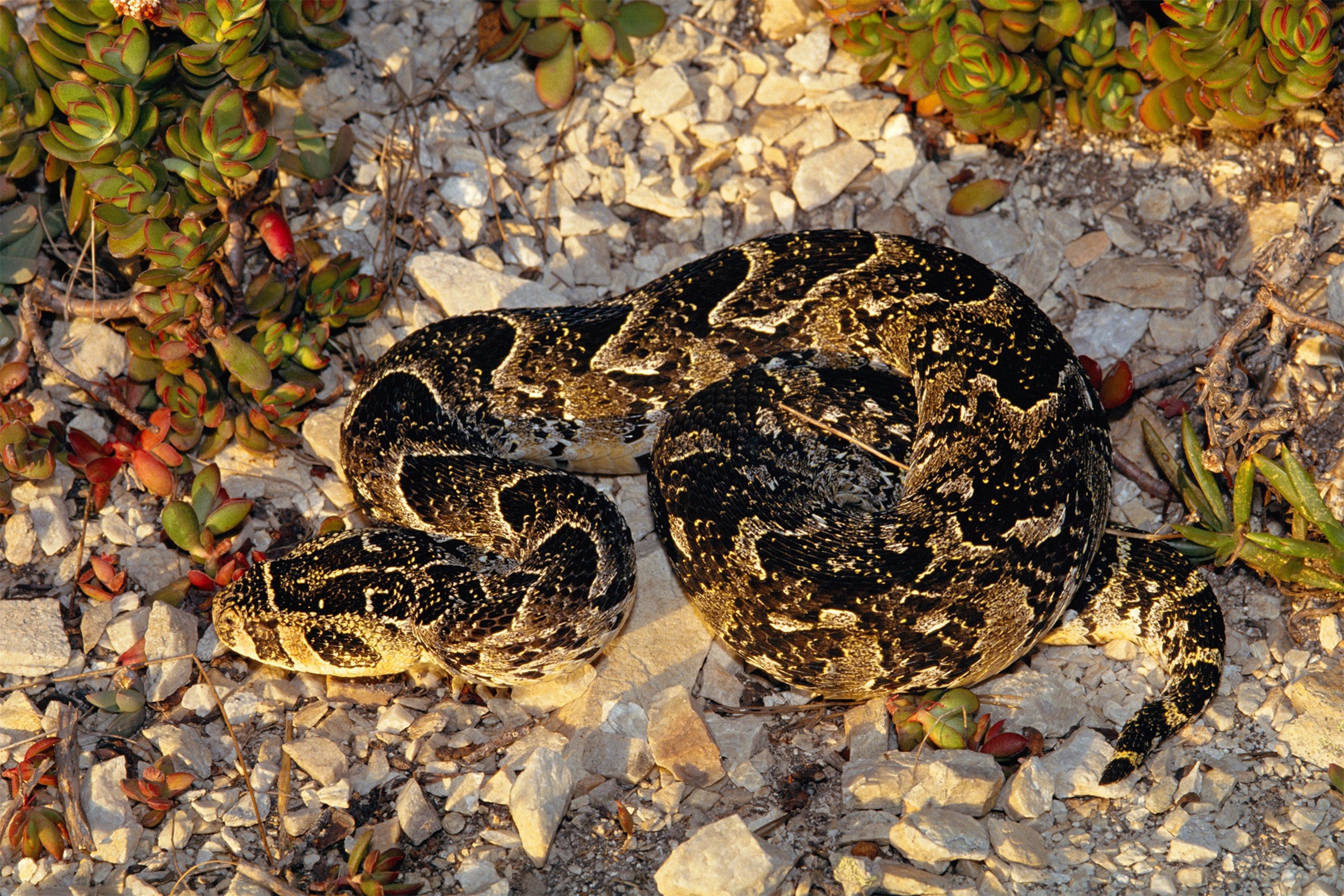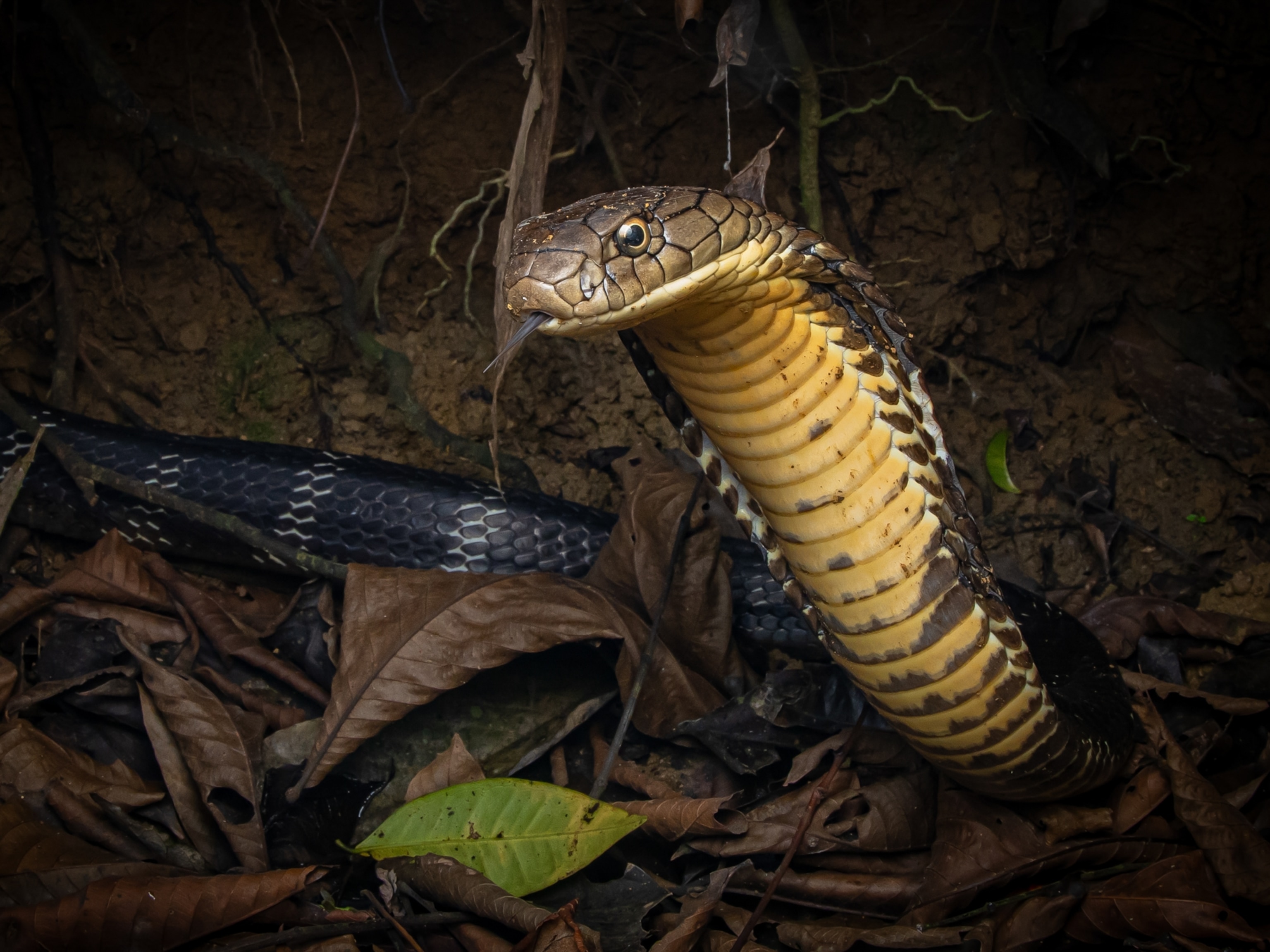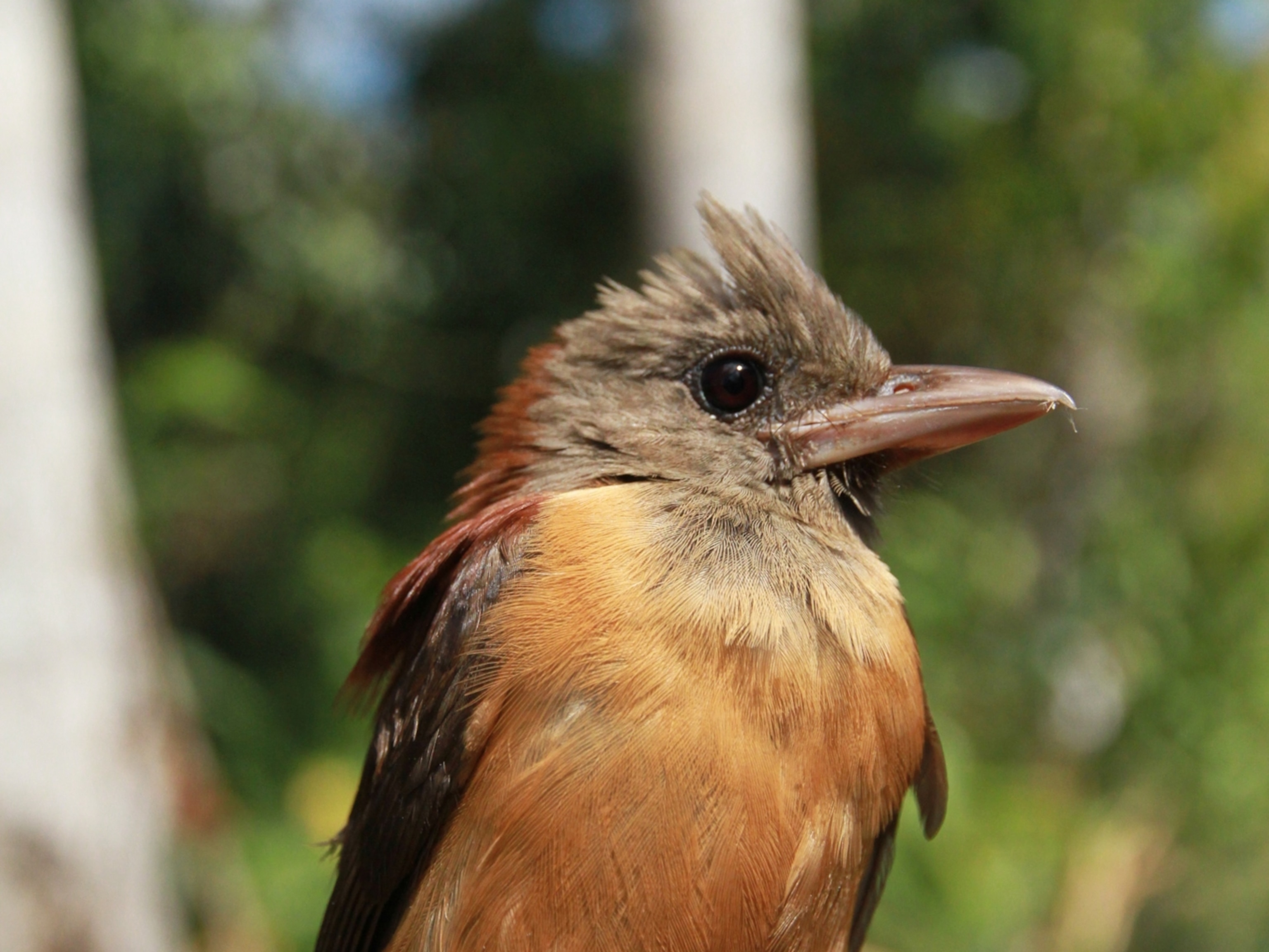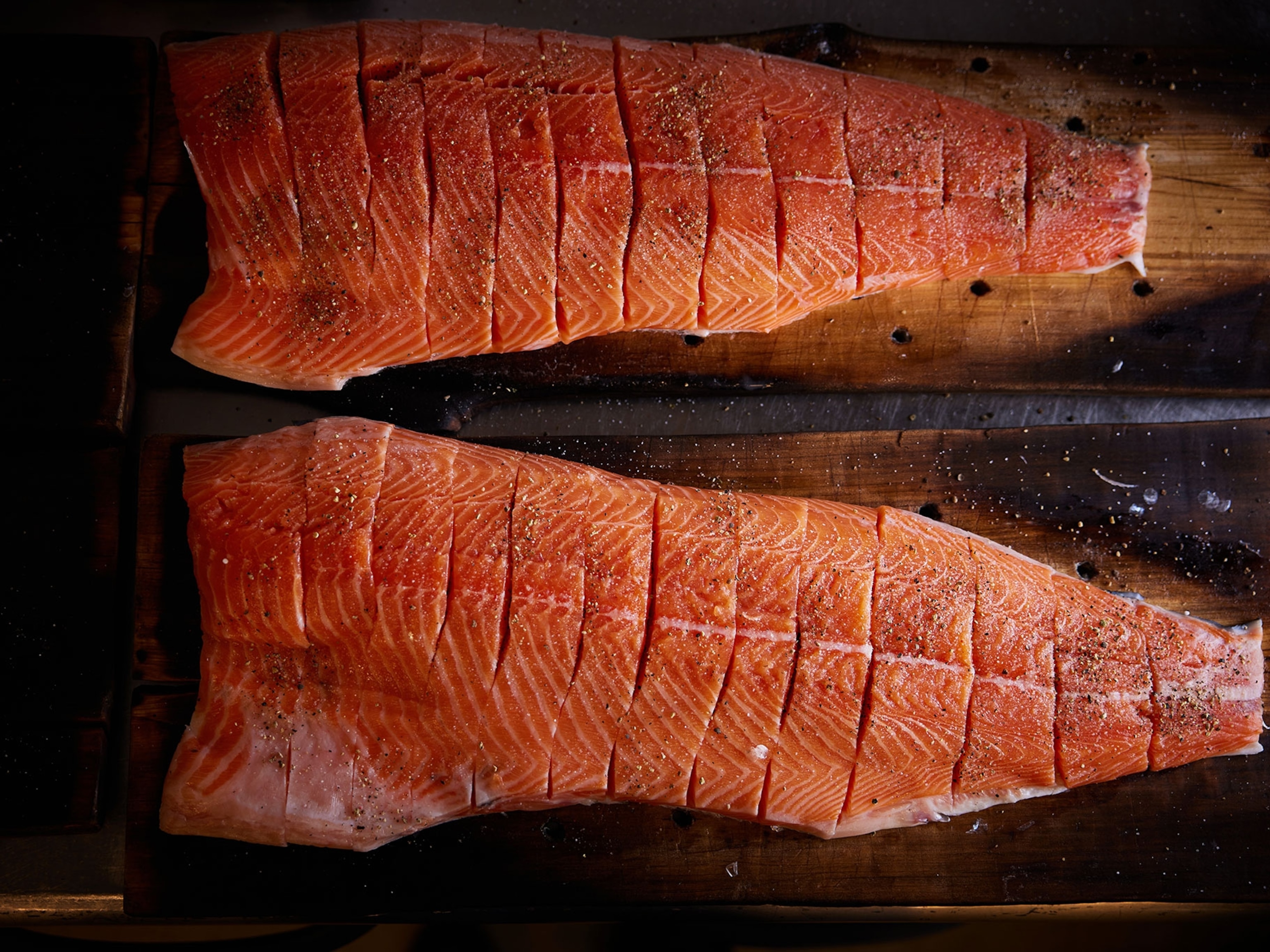
Weird Animal Question of the Week: What's the Most Toxic Snake?
Technically, it's the inland taipan—but other snakes are more dangerous.
Snakes are sneaky-even questions about them can wiggle right out of your grasp.
When Arocha Musa of Kampala, Uganda, wrote in asking, "What makes the cobra the most dangerous snake?" we quickly realized two things: Cobras aren't considered the most dangerous snake, and finding out which is poses a challenge. (Learn more about the world's deadliest snakes on Nat Geo WILD.)
"If you're playing Trivial Pursuit, the answer is the inland taipan," quips Kate Jackson, a biologist at Whitman College in Walla Walla, Washington.
That's because the inland taipan has both the most toxic venom and injects the most venom when it bites. A native of Australia that's also called the "fierce snake," the inland taipan packs enough venom to kill a hundred men in one bite, according to the Australia Zoo.
The standard measurement used to calculate venom potency is called lethal dosage, with an LD50 defined as what it would take to kill half a population of laboratory animals, usually mice.
Neurotoxic snake venom works by paralyzing the victim's muscles, which in turn leads to respiratory arrest; hemotoxic venom works by breaking down the tissues. (Read about National Geographic venom expert Zoltan Takacs.)
The lower the LD50, the less venom it takes-meaning the more potent the venom.
The Australia Venom Research Unit keeps a list of the 25 snakes with the lowest LD50-which are thus the most toxic. The top five are the inland taipan, the eastern brown snake, the coastal taipan, the tiger snake, and the black tiger snake.
How Toxic? It Depends
Real life isn't so simple. Both Jackson and Steven Seifert, director of the New Mexico Poison and Drug Information Center, emphasize that there are many other circumstances beyond potency that make a snake dangerous, such as the availability of health care and antivenom following a snakebite.
As Seifert puts it, "The most venomous snake is the one that bites you."
According to the Global Snakebite Initiative, snake bites cause about 125,000 deaths a year worldwide. People get bit more often when they're working outside or must be in places where contact with snakes is unavoidable, Seifert noted.
Watch a video about how to survive a rattlesnake bite.
"In the U.S., about half the bites are truly accidental, and the other half are people intentionally interacting with snakes," such as moving them or trying to capture them, he said. (Related: "Year of the Snake: The Serpent Behind the Horoscope.")
In West Africa, the saw-scaled viper or carpet viper thrives among humans, in particular feeding on rats in urban slums, Jackson said.
That translates to more bites, since "there are a lot of people going around barefoot and who don't have access to the treatment for snakebite."
Widely distributed and highly venomous, Africa's puff adder blends in well with its surroundings, making it more likely to be stepped on. The species is thought to kill the most people in Africa.

India bears the brunt of snakebites, with the highest number of bites and resulting deaths, in part because of lack of adequate health care, according to a 2008 study published in PLOS Medicine.
For instance, India's Russell's viper isn't high on the most-toxic list, but it's responsible for thousands of deaths annually in the country, Jackson noted.
On the other hand, the highly toxic inland taipan lives in the middle of the desert, where few people are found.
This lifestyle and Australia's good infrastructure, health care, and transportation are why there have been no recorded deaths attributed to the species.
Stand and Spit
None of this should minimize the mighty cobra, however.
There are about 30 species of these impressive reptiles, including the world's largest venomous snake, the king cobra.
Watch a video of the king cobra in action.
"Cobras are part of the Elapidae family, which includes all the Australian snakes, the taipan, the krait, [and] the mamba," Seifert said. (See National Geographic's pictures of snakes.)
All cobra species "stand" and flare that recognizable hood, a flap of skin behind the head that's expanded with air from their lungs to make them look bigger.
Some cobras can even spit venom up to 8 feet (2.4 meters) away. (Related: "Cobras Spit Venom at Eyes With Nearly Perfect Aim.")
At the end of the day, when dealing with snakes in the wild, experts recommend that you leave them be-but appreciate them from afar.
Got a question about the weird and wild animal world? Tweet me or leave me a note or photo in the comments below. You can also follow me on Facebook.





